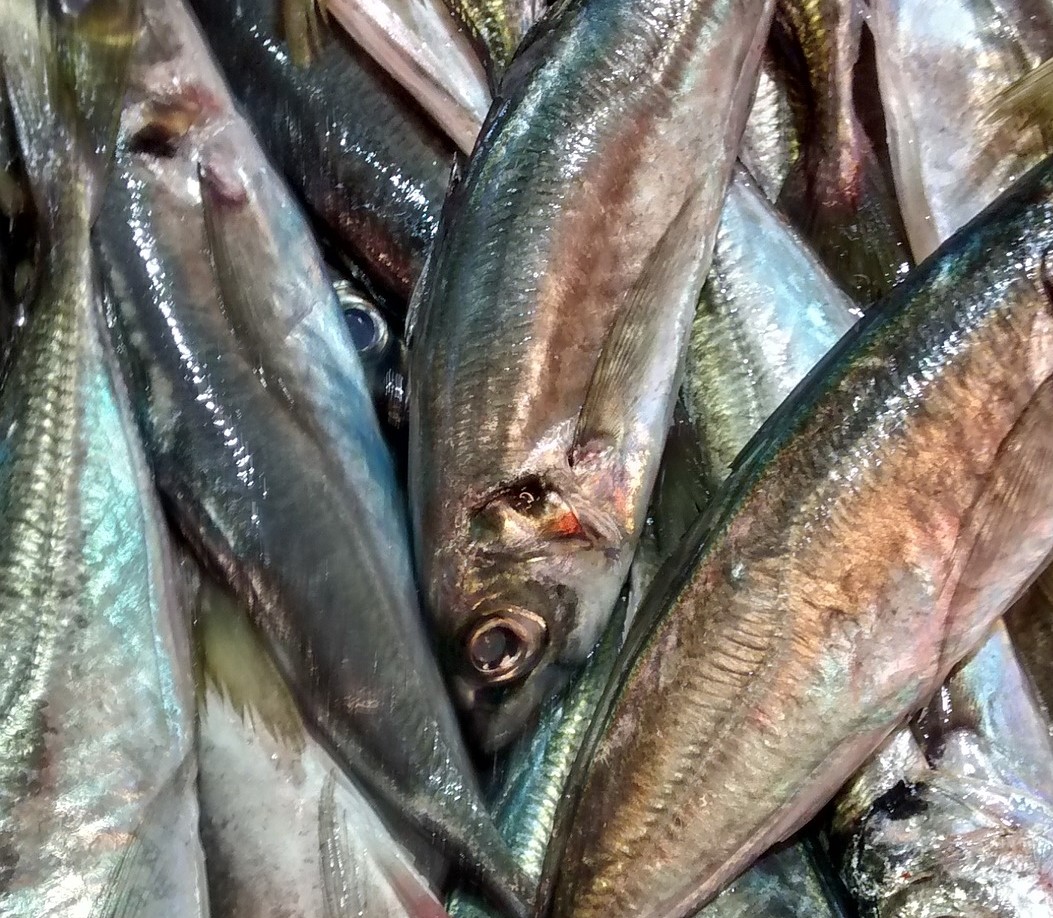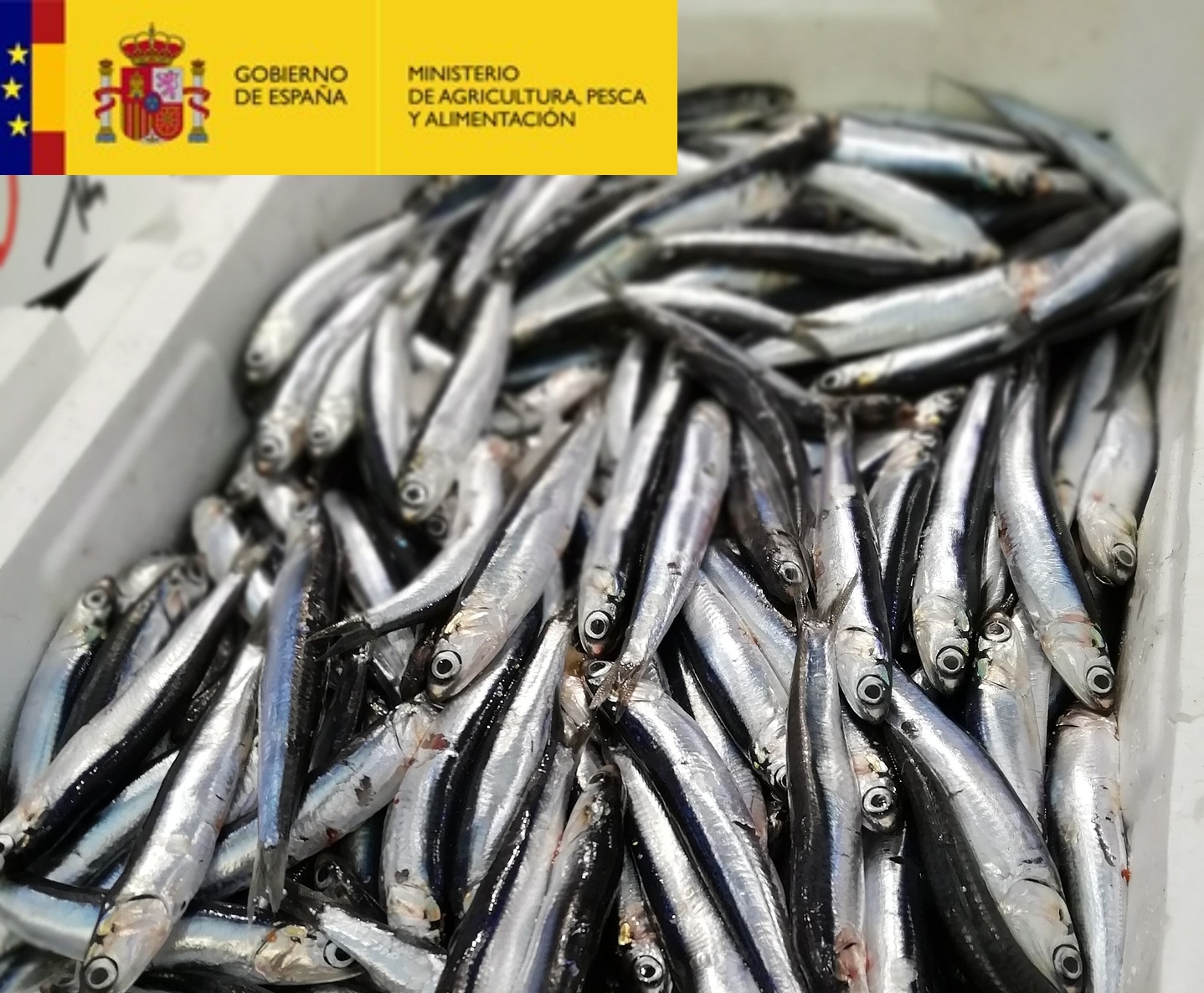23 de mayo del 2025 Galería de fotos Galería multimedia El ministro de Agricultura, Pesca y Alimentación, Luis Planas, se ha reunido hoy en Tokio con el viceministro parlamentario de Agricultura, Explotación Forestal y Pesca, Kenichi Soji, con quien ha abordado asuntos de interés en materia agroalimentaria y pesquera. Ambos han manifestado la buena … Leer más
Alimentación
23 de mayo del 2025 Galería multimedia El subsecretario de Agricultura, Pesca y Alimentación, Ernesto Abatti, se ha reunido hoy con el secretario de Estado de Industrias de Procesamiento de Alimentos de la India, Subrata Gupta, en un encuentro centrado en asuntos de interés común para ambos países en el ámbito agroalimentario. La reunión … Leer más
22 de mayo del 2025 Mediante orden publicada hoy en BOE Galería multimedia Destinadas a las organizaciones de productores y sus asociaciones del sector de los productos de la pesca y de la acuicultura de ámbito nacional y trasnacional Las organizaciones podrán recibir anticipos de hasta 8,36 millones de euros sin necesidad de presentar un … Leer más
22 de mayo del 2025 Hoy, en Mira (Cuenca) Galería multimedia Los 35 agricultores y ganaderos de Mira afectados han recibido ya más de 312.200 euros en ayudas directas La secretaria de Estado de Agricultura y Alimentación visita las actuaciones de reconstrucción El Ministerio de Agricultura, Pesca y Alimentación invierte 3.435.000 euros en trabajos de … Leer más
21 de mayo del 2025 En su visita a la Expo de Osaka en Japón Galería de fotos Galería multimedia El ministro visita el pabellón español en la Expo de Osaka y destaca el valor estratégico de Japón para el sector agroalimentario El ministro de Agricultura, Pesca y Alimentación, Luis Planas, ha subrayado hoy que … Leer más
21 de mayo del 2025 Hoy en la sede del ministerio Galería multimedia Isabel Artime, ha mantenido un encuentro con la secretaria general de Investigación del Ministerio de Ciencia, Innovación y Universidades, Eva Ortega, y con la Presidenta del Consejo Superior de Investigaciones Científicas (CSIC), Eloísa del Pino. Durante la reunión se han abordado diversas … Leer más
21 de mayo del 2025 Hoy, en Letur (Albacete) Galería multimedia La secretaria de Estado de Agricultura y Alimentación visita las obras de reconstrucción de caminos agrícolas y comunidades de regantes El sector agrario de Letur afectado por la dana ya ha recibido más de 97.000 euros en ayudas directas El Ministerio de Agricultura, Pesca … Leer más
21 de mayo del 2025 Mediante resolución publicada hoy en el BOE Galería multimedia La flota española recupera cifras similares a las de 2022 Los principales beneficiarios son las flotas del caladero Cantábrico y noroeste de arrastre de fondo, cerco y otras artes El Ministerio de Agricultura, Pesca y Alimentación ha publicado hoy en el … Leer más
21 de mayo del 2025 En el marco de su visita oficial a España Galería multimedia Seychelles tiene un papel estratégico para la flota española de atuneros cerqueros congeladores que opera en el océano Índico La secretaría general de Pesca, Isabel Artime, se ha reunido hoy con el secretario principal de Pesca de Seychelles, Roy … Leer más
20 de mayo del 2025 Mediante orden ministerial publicada hoy en el BOE Galería multimedia El límite afectará a todos los buques de cerco del caladero del Cantábrico y noroeste El 90 % de la cuota correspondiente a España se asigna a buques agrupados bajo determinadas entidades asociativas representativas del sector y organizaciones de productores … Leer más









